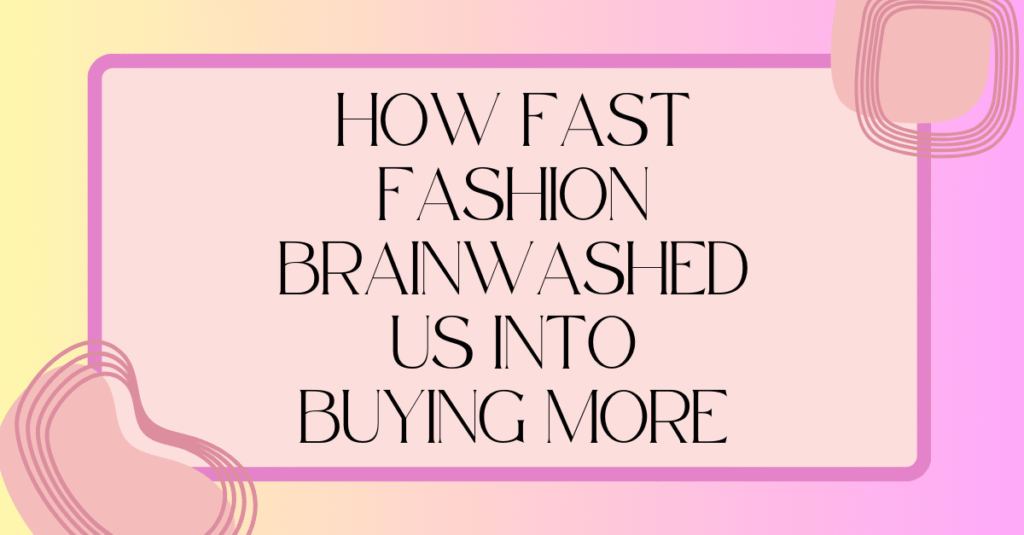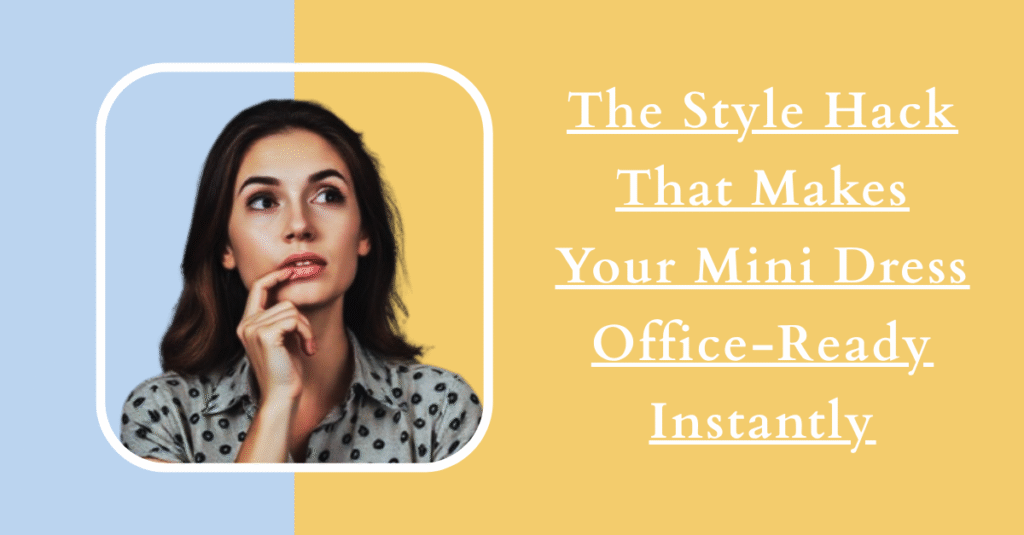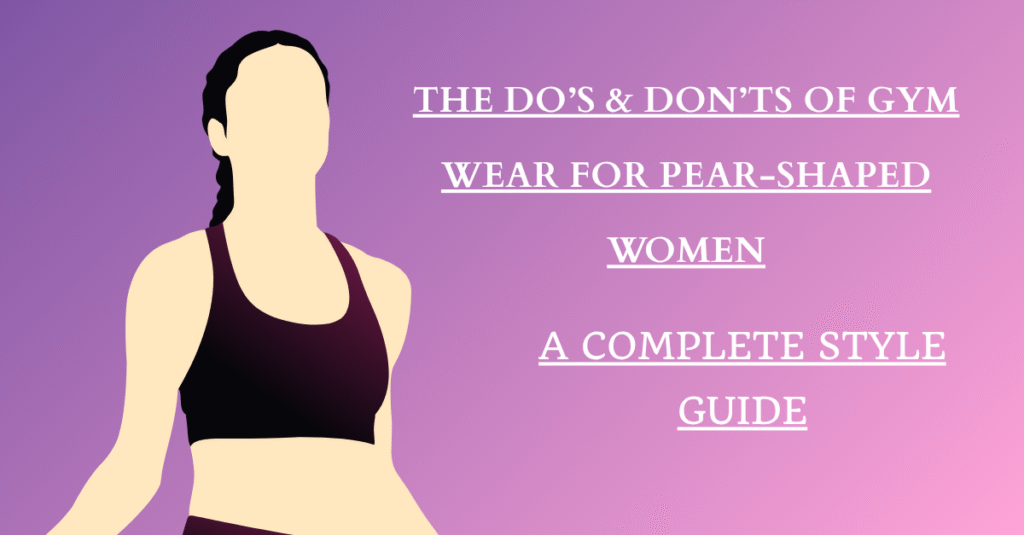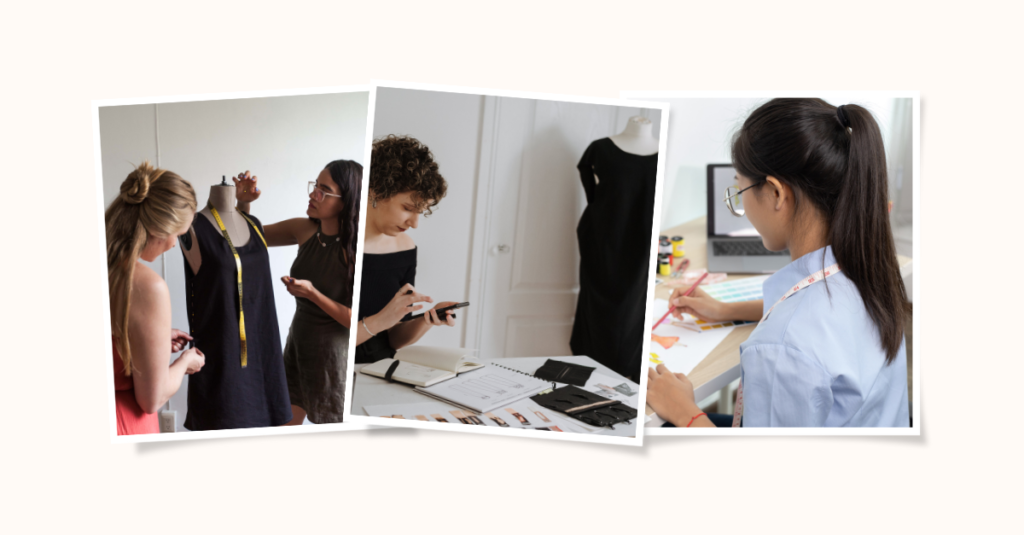How Fast Fashion Brainwashed Us Into Buying More
The $5 Trap: Why We Can’t Stop Shopping (Even When We Want To)
We’ve all been there.
You open Instagram and see an influencer’s “hauls” video—dozens of shiny new outfits, all for less than the cost of a dinner out. A notification pops up: “FLASH SALE! 80% OFF FOR THE NEXT 2 HOURS!” Your finger hovers. “Just one more order,” you tell yourself.
But it’s never just one.
Fast fashion didn’t just change how we dress—it rewired our brains. Those irresistible deals, the thrill of a new trend, the fear of missing out (FOMO) on a “must-have” piece—none of it is accidental. It’s a carefully engineered system designed to keep us consuming, even when our closets are overflowing and our bank accounts are screaming for mercy.
So how did we get here? And more importantly—how do we break free? Buckle up. It’s time to see behind the curtain.
How Fast Fashion Brainwashed Us Into Buying More
1. The Instant Gratification Addiction
The Rise of “See Now, Buy Now” Culture
Before fast fashion, trends trickled down from runways over months. Now? A celebrity wears a dress on Monday, and by Friday, you can buy a $20 knockoff. Brands like Shein, Zara, and H&M have mastered the art of speed, pumping out 52 “micro-seasons” a year instead of the traditional four.
This creates a psychological itch: If you don’t buy it now, it’ll be gone tomorrow.
The Dopamine Effect
Every time we make a purchase, our brain releases dopamine, the “feel-good” chemical. Fast fashion exploits this by:
-
Endless new arrivals (Shein adds 1,000+ new items daily)
-
Limited-time discounts (“Only 3 left at this price!”)
-
Gamified shopping (Spin-the-wheel coupons, loyalty points)
It’s not shopping—it’s a slot machine for clothes.
2. Social Media: The Ultimate Enabler
The Haul Culture Phenomenon
YouTube and TikTok are flooded with “Shein hauls”—people proudly displaying piles of cheap, trendy clothes. These videos aren’t just entertainment; they’re free advertising, normalizing overconsumption.
-
“I only spent $100 for 30 items!”
-
“This top was $3—I had to get it in every color!”
The message? More = better.
FOMO (Fear of Missing Out) Marketing
Fast fashion brands use urgency tactics like:
-
“Back in stock—but selling fast!”
-
“Trending now: 10K bought this dress today!”
Our brains interpret this as: “If everyone else is buying it, I should too.”
3. The Illusion of Cheapness (And Why It’s a Lie)
The Real Cost of a $5 Shirt
That bargain tee seems like a steal—until you realize:
-
It’s worn 3 times before falling apart (planned obsolescence).
-
It was made by underpaid workers (many fast fashion brands exploit labor).
-
It’ll end up in a landfill within a year (the fashion industry produces 92 million tons of waste annually).
The “I Saved Money!” Mind Trick
We convince ourselves we’re being smart shoppers—but studies show people spend more when things are “on sale.” Fast fashion’s discounts aren’t savings; they’re bait.
4. How to Break the Cycle
The 30-Day Rule
Before buying, ask:
-
Will I wear this at least 30 times? (If not, skip it.)
-
Do I already own something similar?
-
Can I afford it without feeling guilty later?
Unfollow & Unsubscribe
-
Mute haul influencers who trigger impulse buys.
-
Delete shopping apps (or turn off notifications).
-
Try a “no-buy” month—you’ll be shocked how little you actually need.
Shop Secondhand or Ethically
-
Thrift stores, rental fashion, and sustainable brands offer alternatives.
-
Remember: The most sustainable wardrobe is the one you already own.
Final Thought:
Fast fashion didn’t just sell us clothes—it sold us an addiction. But unlike other addictions, this one is silent, socially accepted, and disguised as fun.
The first step to breaking free? Recognizing the manipulation.
The next time you feel that urge to click “checkout,” pause. Ask yourself: “Am I buying this because I need it—or because I’ve been trained to want it?”
The power to step away starts with you.

My name is Rohit Vagh and I’m a content writer specializing in fashion and lifestyle. I have three years of experience in this field and have written various articles. My writing style is creative and engaging, and I strive to create content that resonates with my readers. I have a deep passion for fashion and am constantly researching the latest trends and styles to make sure my readers are up to date. I’m excited to continue my career in blogging, and I’m always looking for new opportunities in the fashion and lifestyle space.





